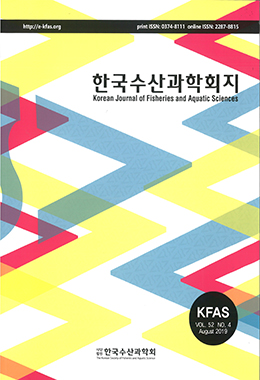The home meal replacement (HMR) market has attracted significant attention due to COVID-19 pandemic and products that utilize the combination of different processed ingredients are now being developed. In this study, Broughton’s ribbed ark Scapharca broughtonii was soaked in seasoned soy sauce with the incorporation of mustard leaf Brassica juncea (M-BRA), which is known to have a unique texture as well as excellent functional properties such as antioxidation, to develop a regional specialty product. The optimal conditions for manufacturing M-BRA from the seasoned soy sauce (the sauce to be added [X1] and the soaking time [X2]), were examined using response surface methodology (RSM) to analyze the significance of the salinity (Y1), amino-N content (Y2), and overall acceptance (Y3). The coefficient of determination (R2) between X1-X2 and Y1-Y3 were close to 1, thereby confirming the suitability of the RSM model. The optimal conditions were seasoned soy sauce addition of 140% and soaking time of 156 min. The M-BRA manufactured under these conditions exhibited superior overall acceptance compared to seasoned commercial soy sauce, which was used as a control. We expect that the market for M-BRA manufactured by combining marine and agricultural materials will expand owing to superior overall acceptance compared with commercial products.




